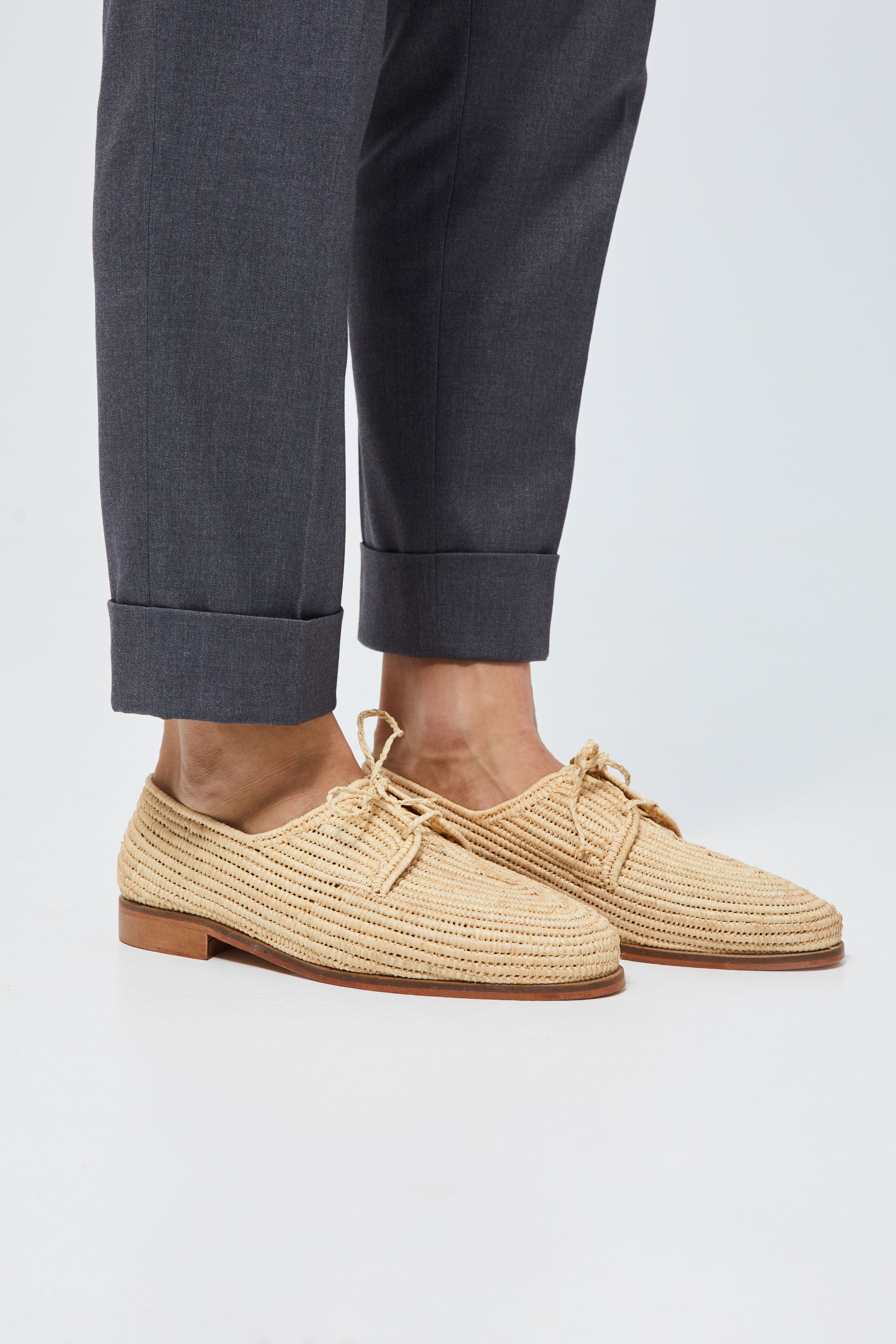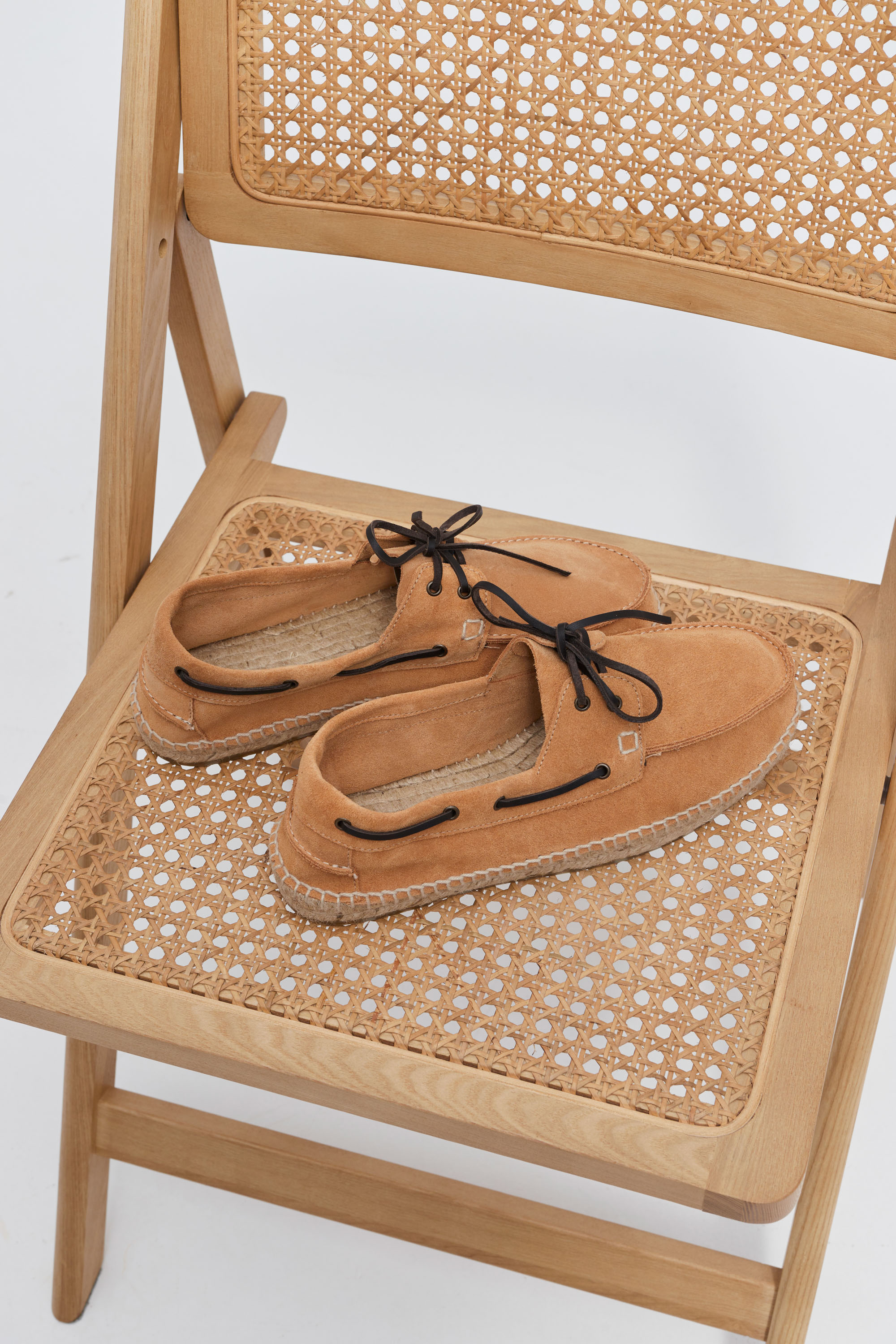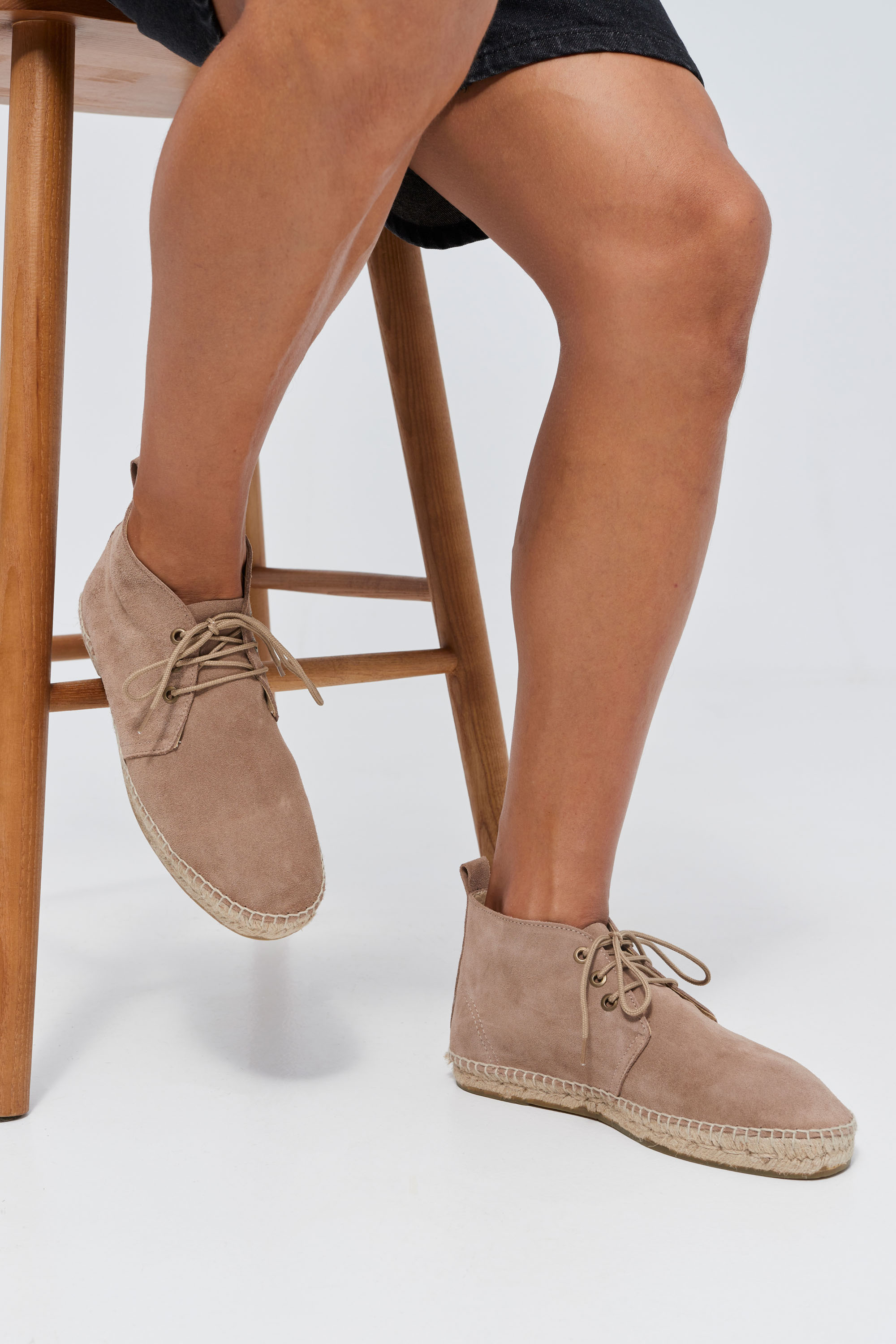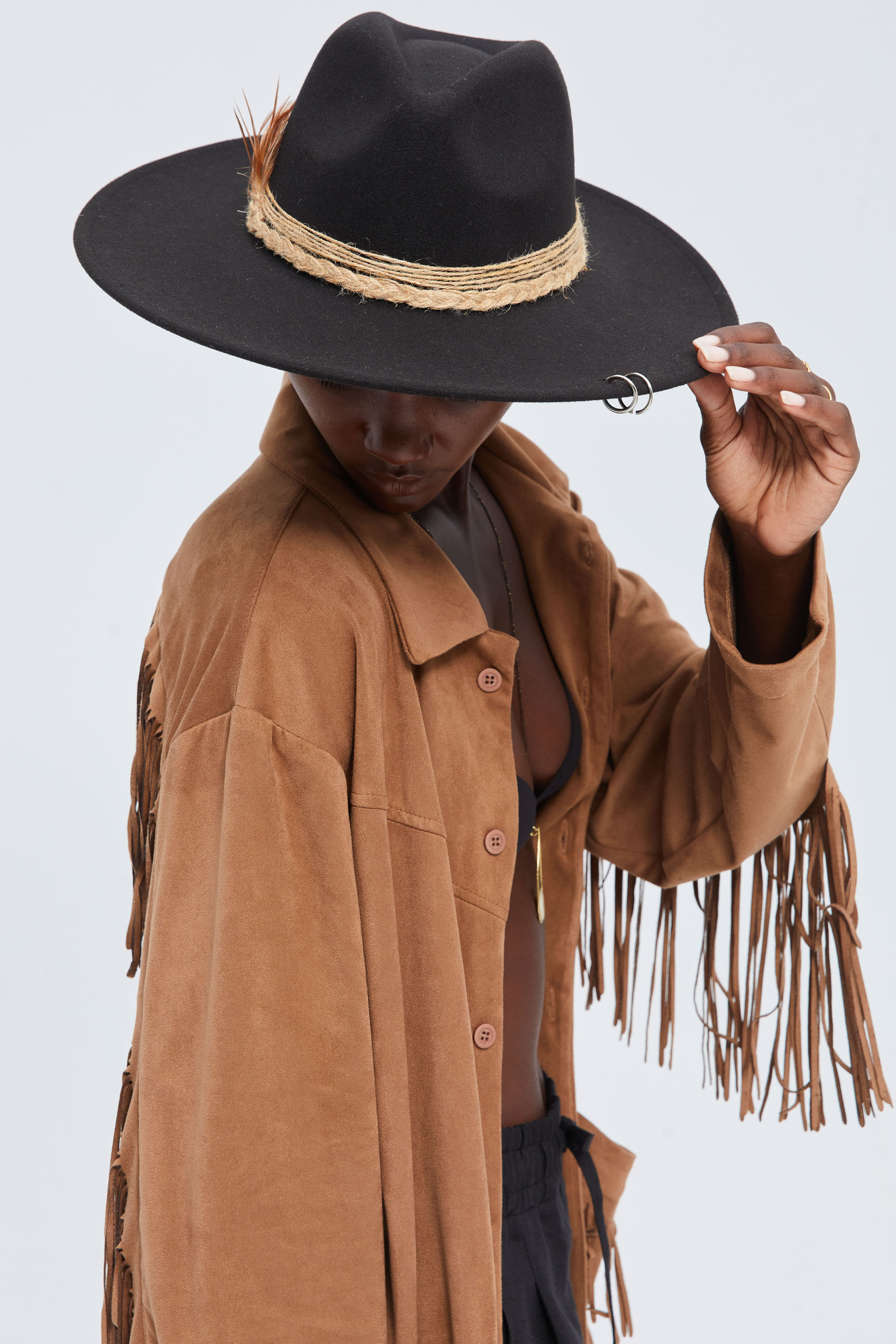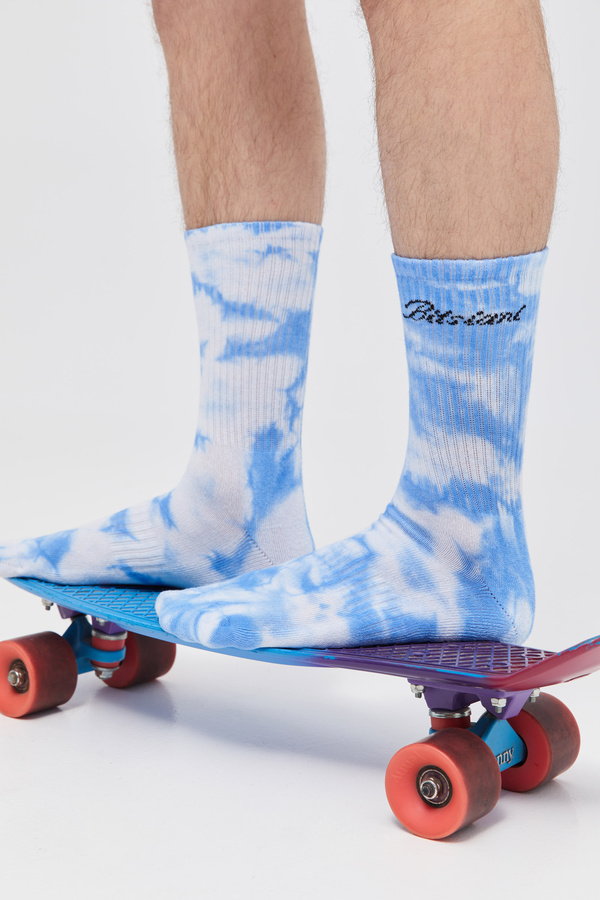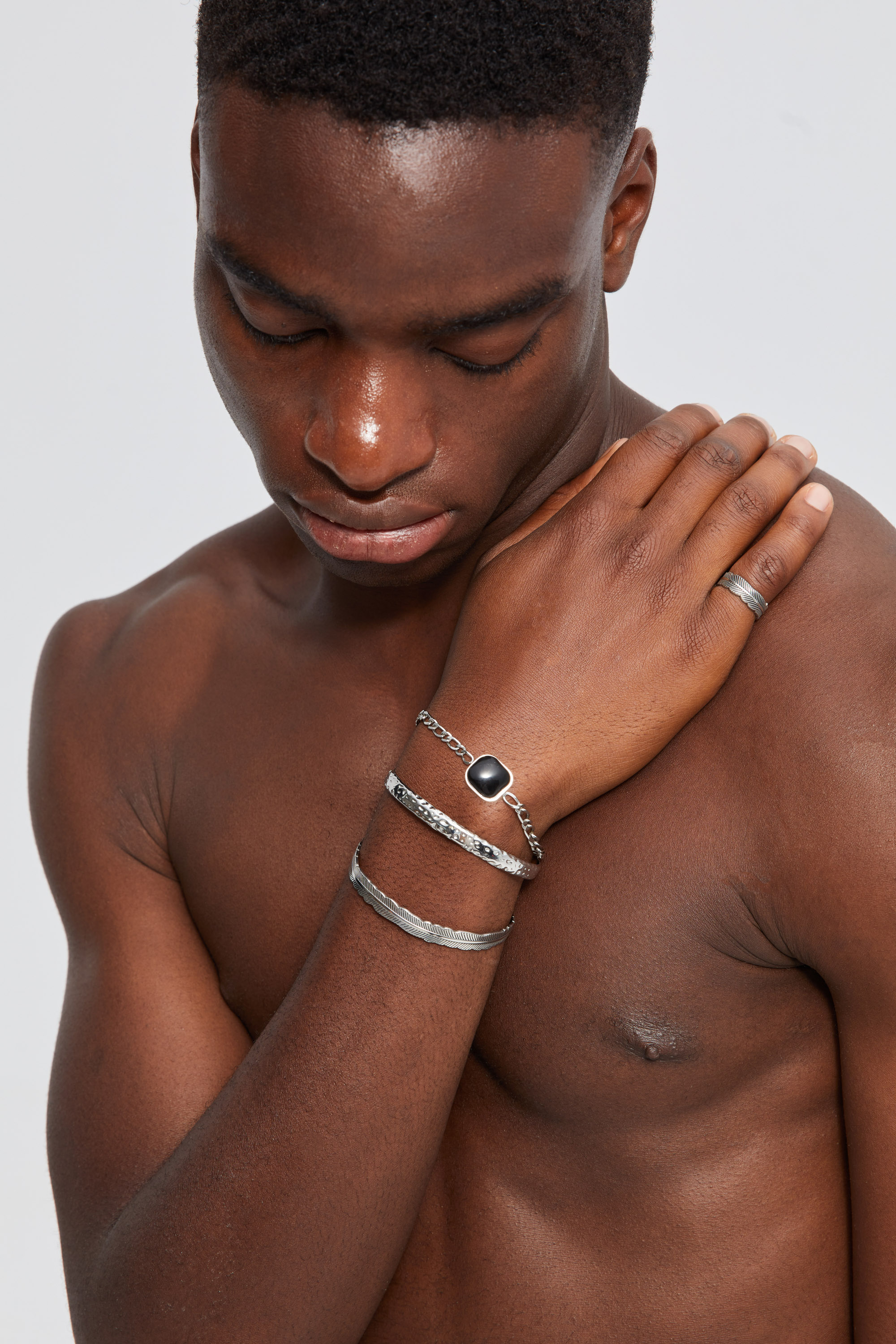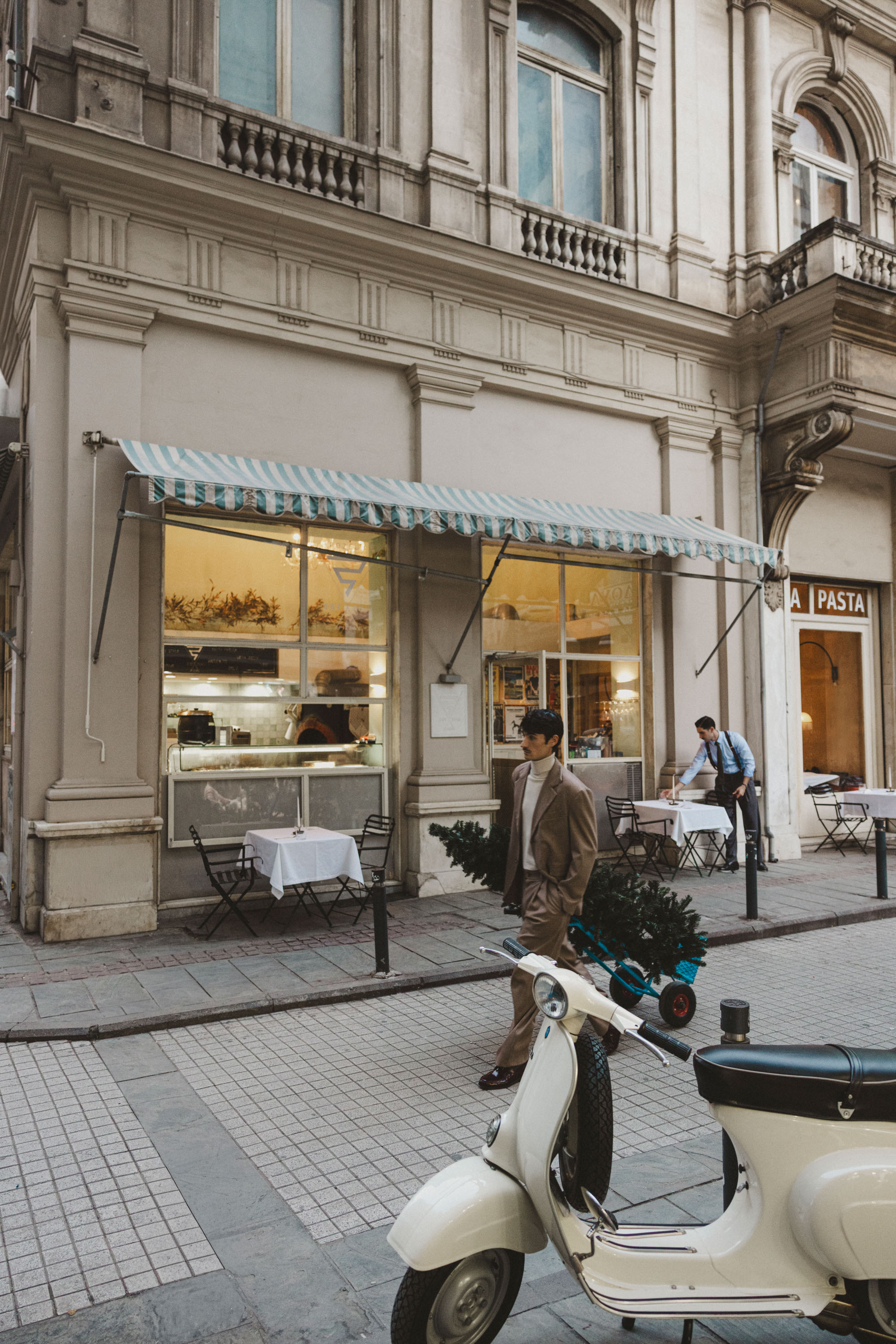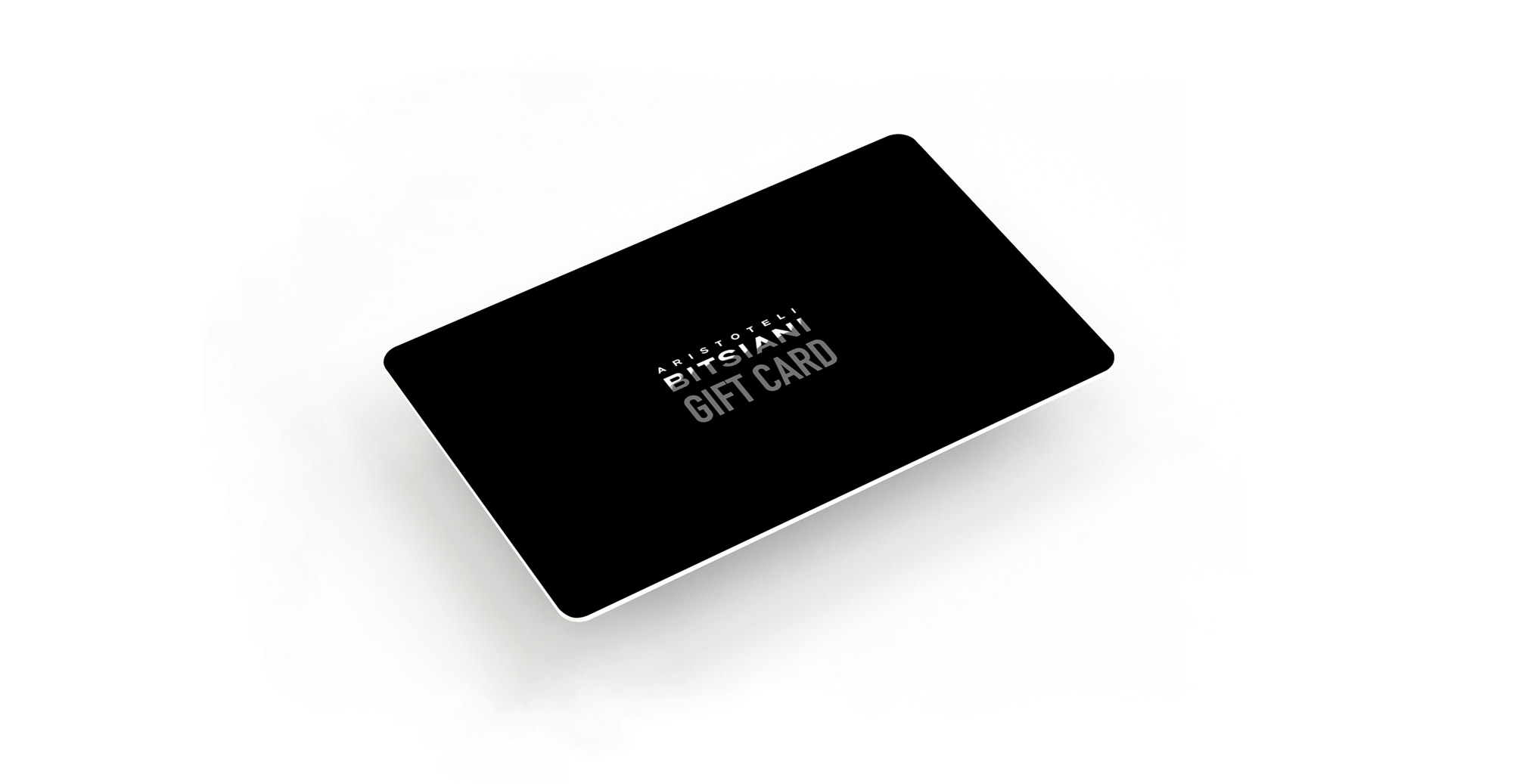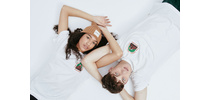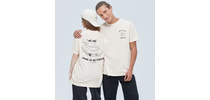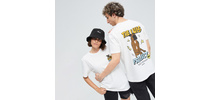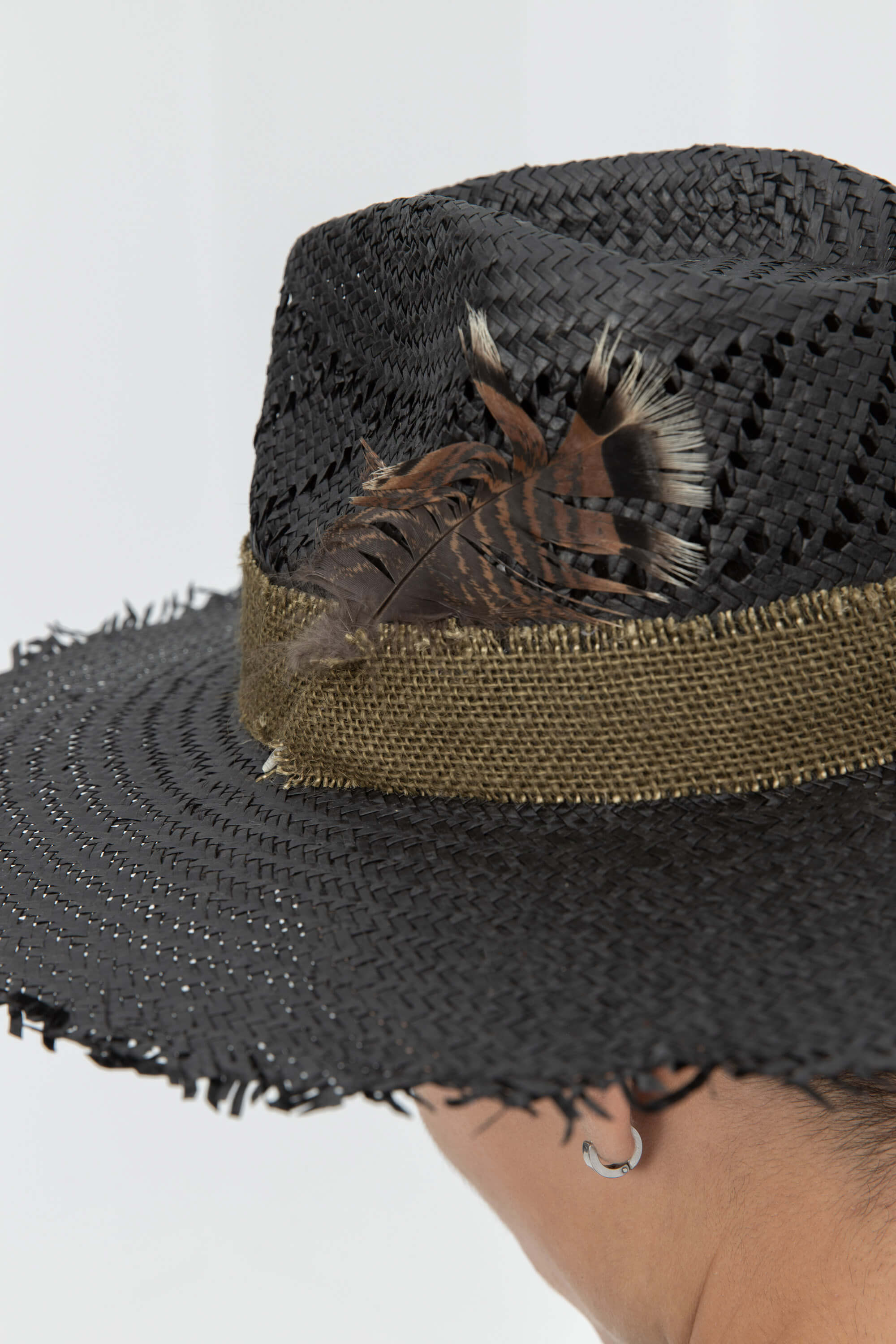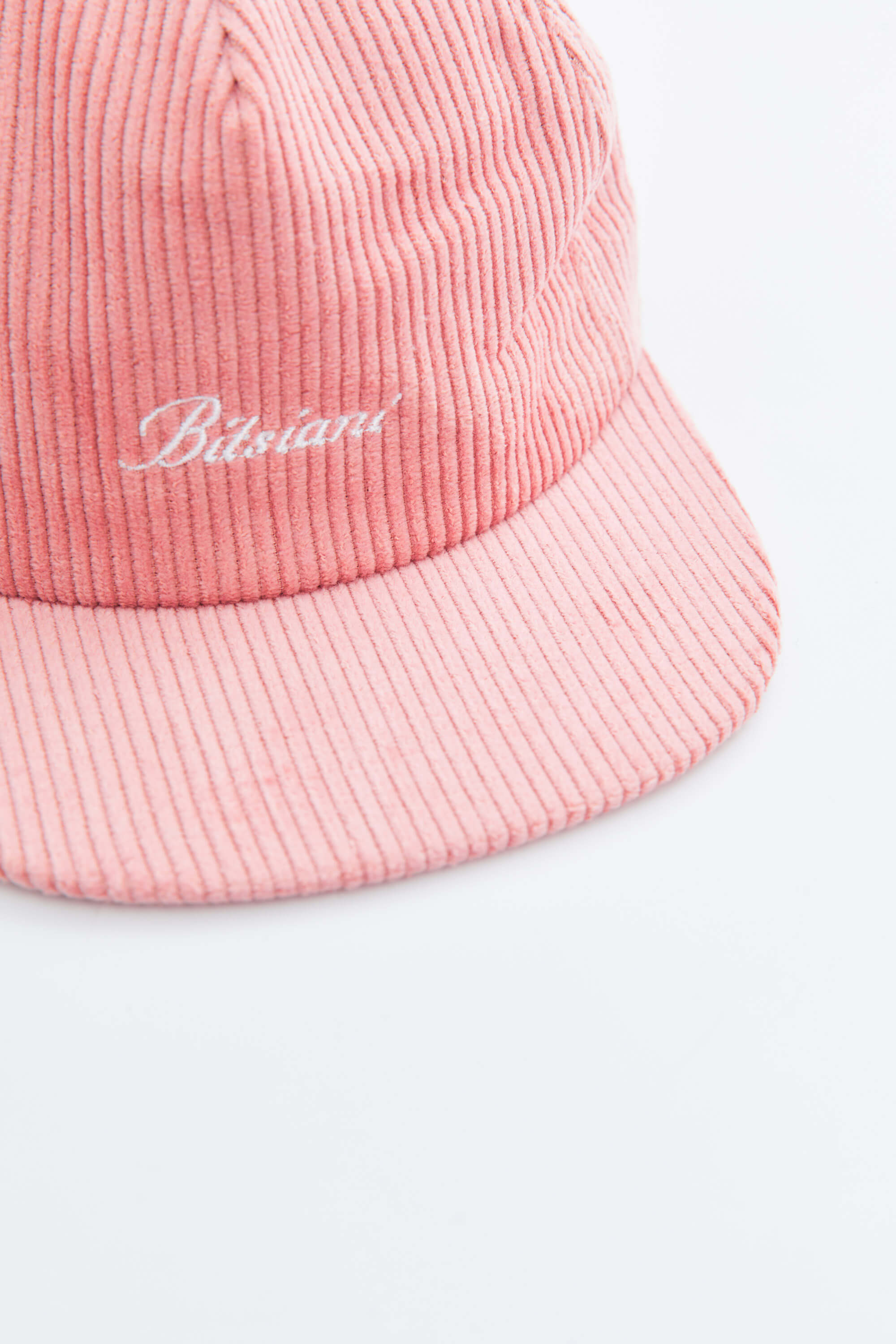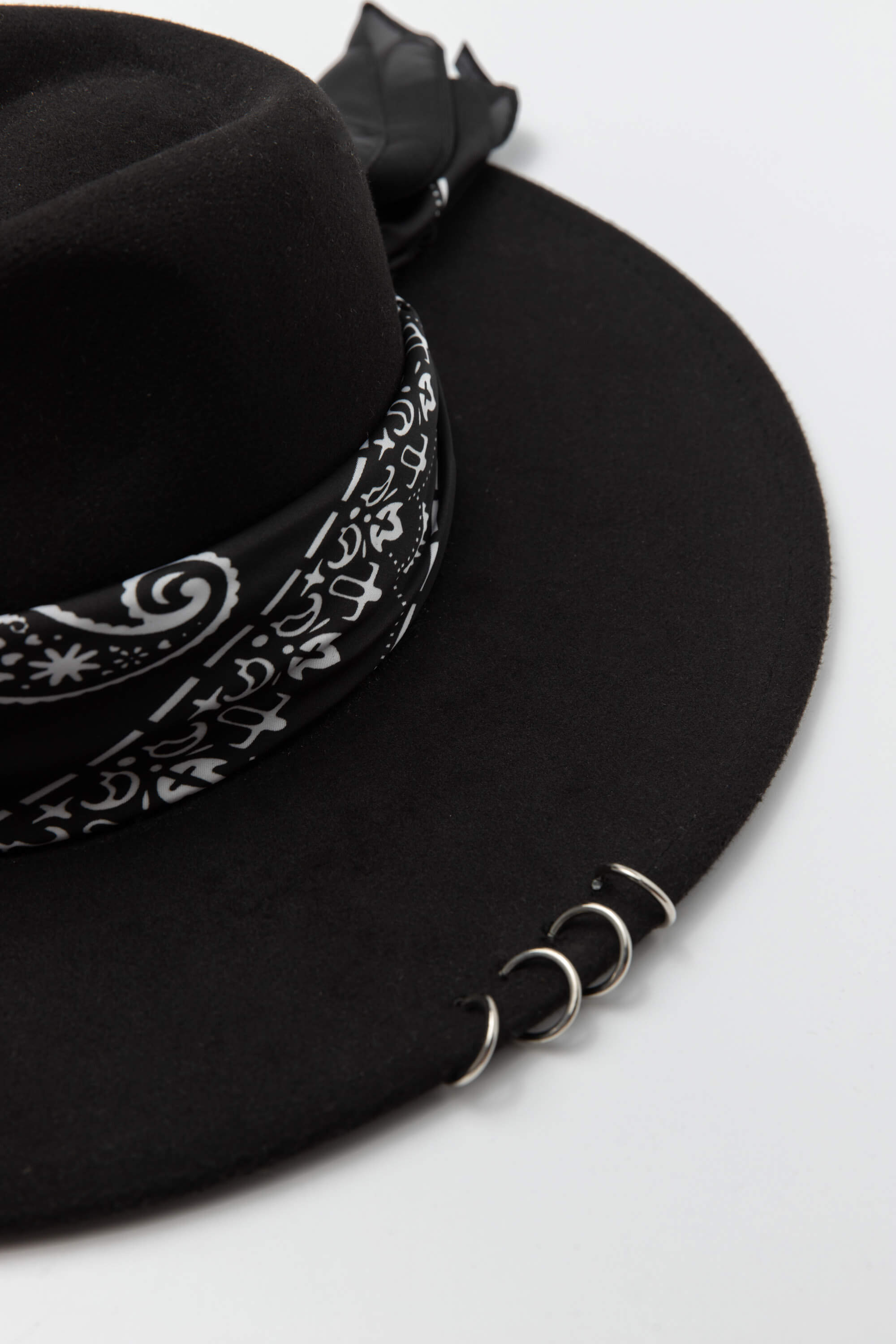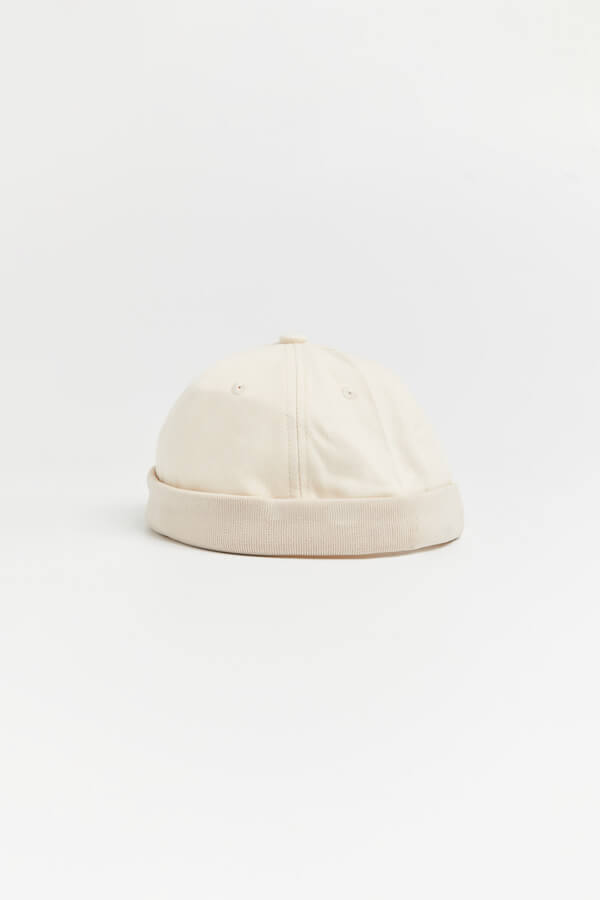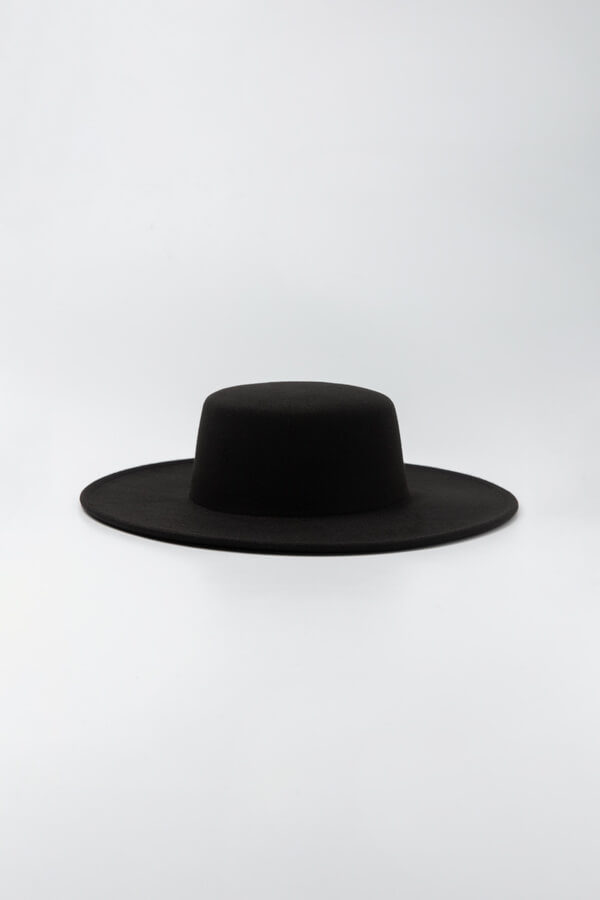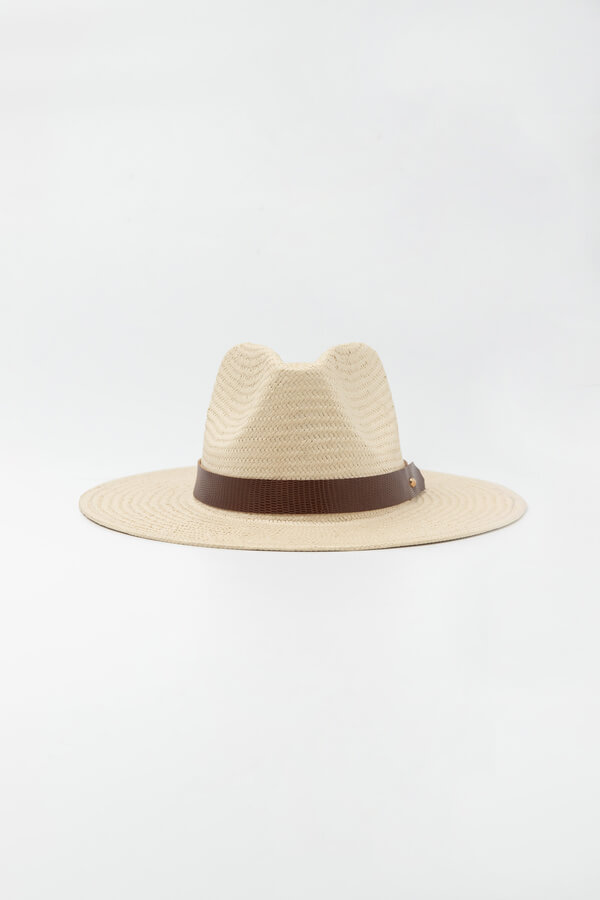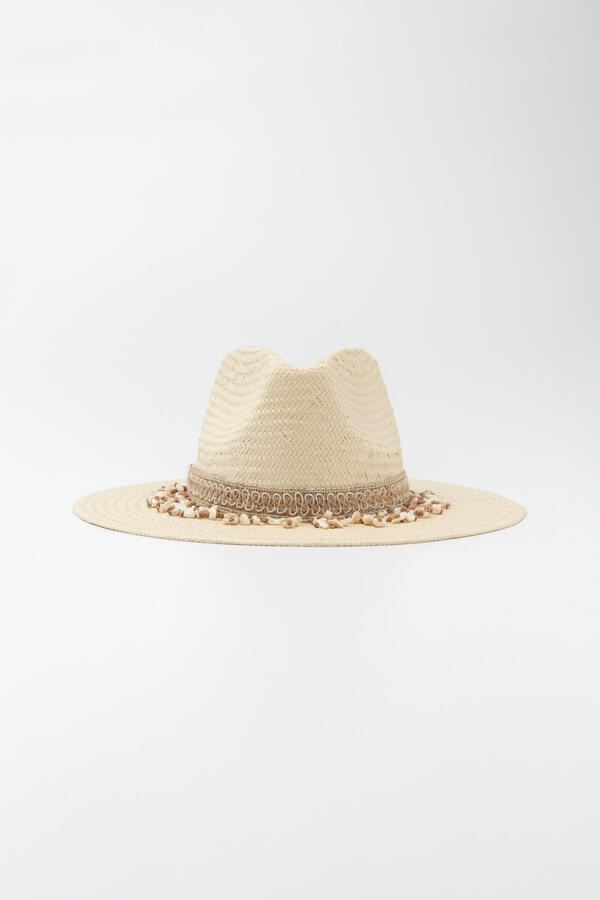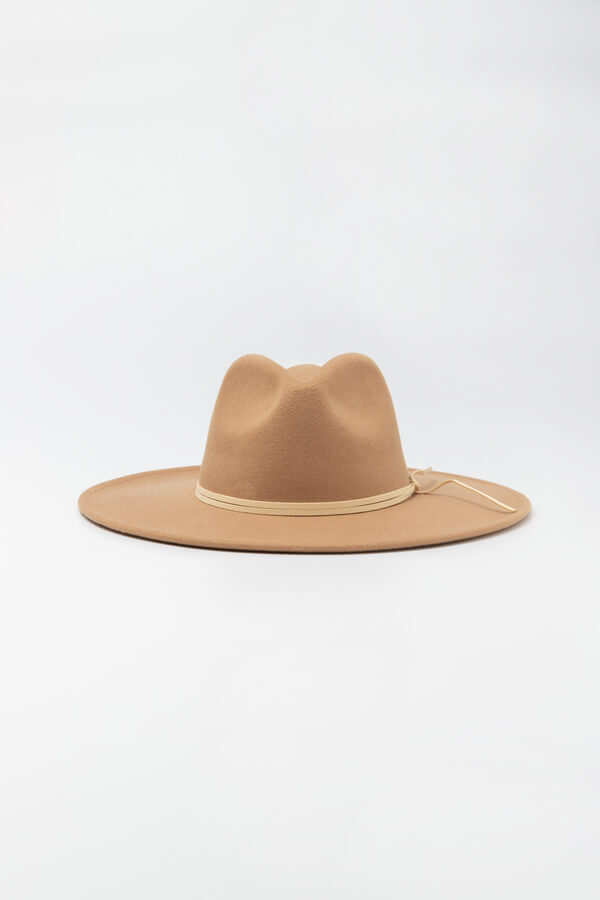Hat: How to wear it without looking weird

29
Aug
How to Add Hats to Your Accessories and Adapt Them to Your Style
In a country like Greece, where sunshine lasts nearly all year and often becomes unbearable, it’s surprising that hats are still considered a taboo. These standout accessories instantly add style the moment you put them on — they’re the small detail that can completely elevate your outfit. Keep in mind that until the 1950s, nearly all men wore hats, and those who didn’t... were the exception.
Some say the reason men abandoned hats has to do with progress and development. Hats originally served to protect the head from harsh weather when people walked to get around rather than using cars or public transport. Others believe it's because men started washing their hair more frequently and no longer needed to hide it. And some argue that fashionable haircuts and styling pushed hats out of the picture. A key moment often cited is when President J.F. Kennedy appeared publicly in 1961 without his usual hat.
Whatever the reason, more and more men have started embracing hats again in recent years — whether they love them, want to stand out, or just don’t want to neglect one of the few accessory options available to men. Today, you’ll spot hats more often in editorials, on runways, and even in everyday street style. So let’s take a look at the most popular types of men’s hats and how you can integrate them into your wardrobe.
Types of Men’s Hats
There are many hat styles on the market that differ in both shape and material. One of the most popular is the fedora — rounded, with a wide brim and ribbon detail. It started as the hat of choice among 1920s gangsters but was revived in recent years by fashion lovers. A close relative is the trilby, which is taller and has a narrower brim. For summer, nothing beats the Panama hat — lightweight, pale in color, and ideal for pairing with light fabrics.
Let’s not forget the baseball cap or the newsboy cap (or flat cap), which you’ll spot more often on the streets and are easier for Greek men to incorporate into their style. While the history books list many more types of men’s hats, these five are great staples to begin your collection — and gradually work into your personal style.
How to Style a Hat with Confidence
Even if you already love hats and wear them out regularly, it’s worth knowing how to style them well so you don’t look like you walked off the set of a period drama. Let’s start with wide-brim hats: experts recommend pairing them with a colorful shirt and light trousers, or with an old-school suit, or even a linen or boho outfit depending on the type of hat.
As for the classic baseball cap, wear it with casual looks like jeans and a hoodie, or even a lightweight suit with an open jacket. And when it comes to the newsboy cap, I love seeing it styled with chinos, Chelsea boots, a shirt, and a jacket.
Top 5 Hats to Carry You into Fall and Winter
The brimless cap (think minimal beanie) is a good alternative for those who feel hats don’t suit them, but love beanies so much they wish they could wear them all year.
The safest bet for men who love hats but want to ease into styling them is the Cordovan — a traditional Spanish hat worn almost universally in Andalusia. Usually black, it’s known for its wide brim and simple elegance.
In Greece, where sunshine and beach days last for more than four months, it’s essential to have a straw Panama hat with a wide brim — it’ll protect you from the sun while adding instant flair.
If you already love Panama hats — those iconic men’s hats that actually originate from Ecuador, not Panama — but want to go for something more unique, choose one with a bold ribbon and maybe even tassels or beadwork for extra personality.
We’ll close with the classic fedora, in a modern camel shade, paired with a slim ribbon. This version is both trendy and timeless. Bonus: the inner adjustable strap allows you to customize the fit — because no man looks elegant chasing his hat down the street.
Whatever style you choose, when you wear something that’s not yet part of your everyday look, make sure you feel confident in your decision. That’s what will allow you to truly pull it off — and elevate your personal style.










